Canon EF 8-15mm f/4L Fisheye Review
For the last few months I’ve been having a blast with the Canon EF 8-15mm f/4L Fisheye lens. I wrote about my first impressions of the lens soon after I got it in August last year. I won’t be repeating that here, so you may want to go back to read it. Back then I hadn’t yet used the lens for work, but now after a few months of using the lens on assignments I have a much better idea of how the lens performs. And in short, my conclusion is: it absolutely rocks.
Keep in mind that this isn’t supposed to be a review where I’ll discuss all the technical aspects and features of this lens. For that you’ll have to look elsewhere. I’m just going to give you my personal opinion of this lens after using it for a while.
First of all, the lens is expensive, but I can assure you that it’s worth the money Canon is asking for it. It has quickly become one of my favorite lenses to use. You can get really creative with it and it just never gets boring. I’ve used the lens for a variety of purposes so far, but mostly I’m using it to shoot architecture, panoramic images and aerial shots. I absolutely love the effect this lens gives to aerial shots; it really exaggerates the roundness of the earth. You can see what I mean in some of the sample images in the gallery below.
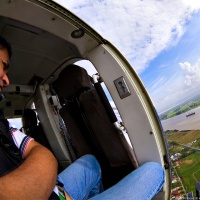 Canon EF 8-15mm f/4L Fisheye Sample Image
Canon EF 8-15mm f/4L Fisheye Sample ImageCanon EF 8-15mm f/4L Fisheye Sample Image
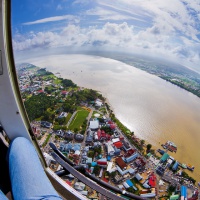 Canon EF 8-15mm f/4L Fisheye Sample Image
Canon EF 8-15mm f/4L Fisheye Sample ImageCanon EF 8-15mm f/4L Fisheye Sample Image
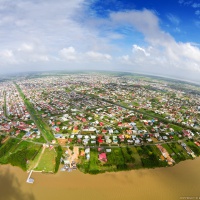 Canon EF 8-15mm f/4L Fisheye Sample Image
Canon EF 8-15mm f/4L Fisheye Sample ImageCanon EF 8-15mm f/4L Fisheye Sample Image
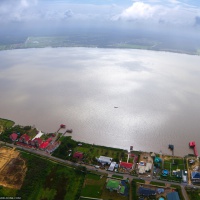 Canon EF 8-15mm f/4L Fisheye Sample Image
Canon EF 8-15mm f/4L Fisheye Sample ImageCanon EF 8-15mm f/4L Fisheye Sample Image
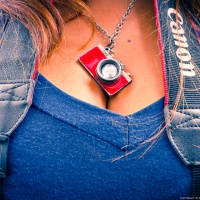 Canon EF 8-15mm f/4L Fisheye Sample Image
Canon EF 8-15mm f/4L Fisheye Sample ImageCanon EF 8-15mm f/4L Fisheye Sample Image
 Canon EF 8-15mm f/4L Fisheye Sample Image
Canon EF 8-15mm f/4L Fisheye Sample ImageCanon EF 8-15mm f/4L Fisheye Sample Image
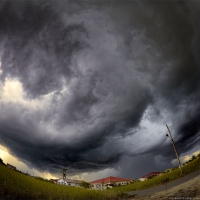 Canon EF 8-15mm f/4L Fisheye Sample Image
Canon EF 8-15mm f/4L Fisheye Sample ImageCanon EF 8-15mm f/4L Fisheye Sample Image
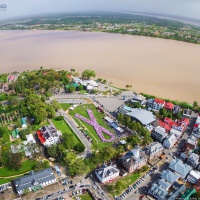 Canon EF 8-15mm f/4L Fisheye Sample Image
Canon EF 8-15mm f/4L Fisheye Sample ImageCanon EF 8-15mm f/4L Fisheye Sample Image
 Canon EF 8-15mm f/4L Fisheye Sample Image
Canon EF 8-15mm f/4L Fisheye Sample ImageCanon EF 8-15mm f/4L Fisheye Sample Image
I think that especially photographers who shoot images for 360 degrees panoramas and virtual tours are going to really love this lens. The reason for this is that the Canon EF 8-15mm f/4L Fisheye lens allows a photographer to shoot both “low” resolution and high-resolution panoramas at the same time without having to change the camera or the lens. The nodal point of the lens is exactly the same at both 8mm and 15mm. Because of this, shooting at 8mm or 15mm doesn’t require you to recalibrate your setup to make sure that the nodal point is in the correct position. So at 8mm you can shoot a panorama consisting of about 4-6 images (approx. 65MP final resolution on a EOS 7D body), but at 15mm you can shoot a much higher resolution panorama of about 25 images (approx. 240MP final resolution on a EOS 7D body). This gives you the flexibility of shooting both resolutions on location at the same time very easily. You shoot first at 8mm, zoom to 15mm and then shoot again without changing anything else.
The panorama below was shot at 15mm and has a final resolution of approx. 240MP. You can zoom in all the way to view all the details.
The panorama below was shot at 8mm and has a final resolution of approx. 65MP. This was shot shortly after the one above, and all I had to do was move the camera and zoom the lens to 8mm.
When focusing this lens manually, you’ll have to look really carefully to make sure that your subject is in sharp focus. It is really difficult to see through the viewfinder if the lens is focused correctly. Everything pretty much looks in focus most of the time and it can be difficult to see slight changes in focus. I’ve found that using Live View on the camera in the greatest magnification possible to focus gives me the best and most reliable results. You’ll have to double-check your focus especially if you want to set the focus to infinity. Don’t rely on the infinity marker on the distance scale on top of the lens! Even Canon warn you to double-check your focus in the manual that comes with this lens. With autofocus this isn’t an issue.
The bottom line is that I am extremely satisfied with this lens and I can’t recommend it to you highly enough. I think this lens is a real gem in Canon’s assortment of lenses right now, and since it is so unique, it could influence a lot of people to choose a Canon DSLR just to be able to use this lens. When I had to choose which brand of DSLR I would buy 5 years ago, the wide assortment of Canon lenses (along with their lead in image quality at the time) was one of the important things that made me choose Canon. Traditionally Canon has always had the lead in the area of lenses, and this lens just strengthens their position even more. When the Canon EF 200-400 f/4L IS 1.4x (another brilliant design) hits the market later this year it’ll become even more difficult for the competition to catch up.

Comments
There are 4 responses. Follow any responses to this post through its comments RSS feed. You can leave a response, or trackback from your own site.